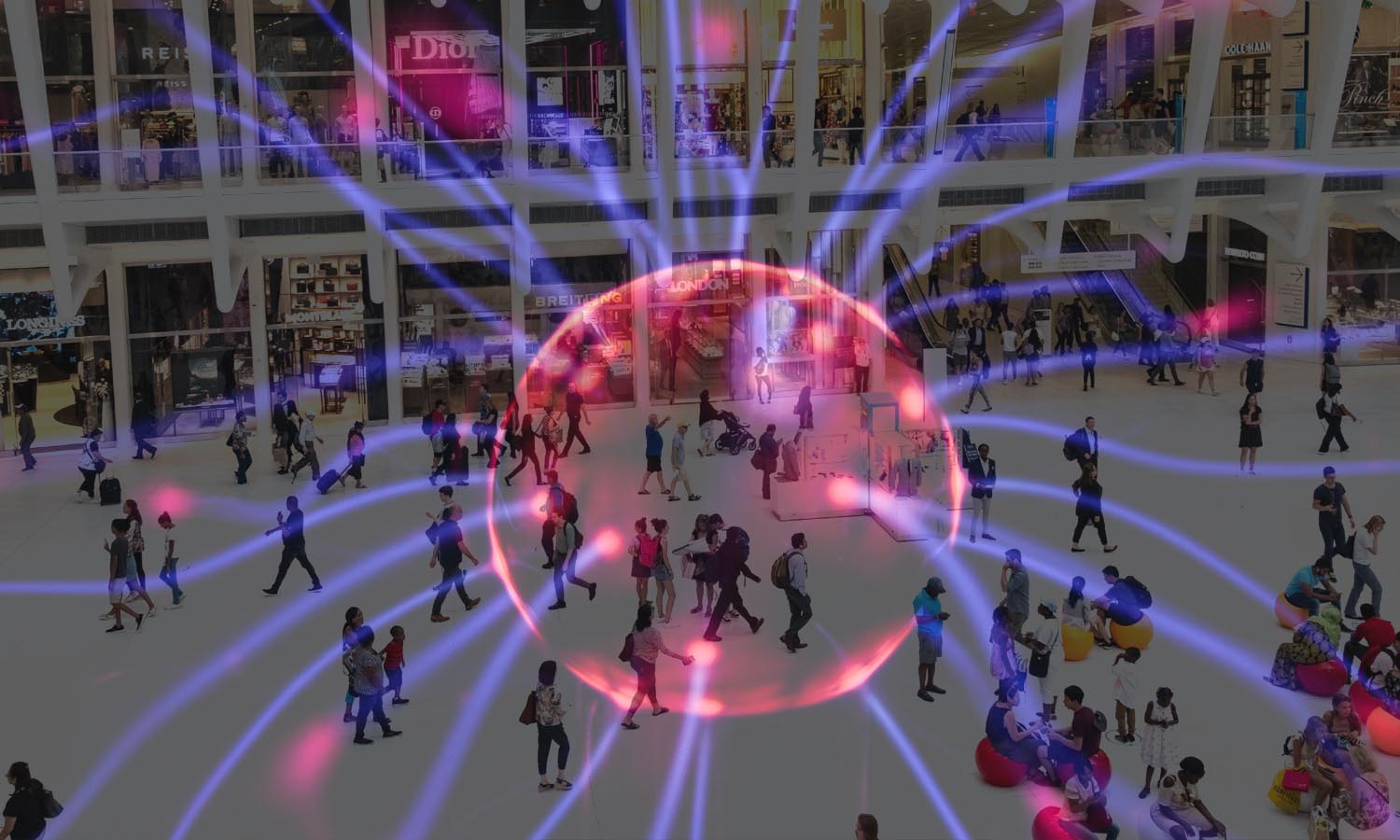
The advent of Web 2.0 marked a significant turning point in the evolution of the internet. With its dynamic and interactive nature, Web 2.0 revolutionized the way people interacted online, fostering a sense of community and collaboration. In this article, we will delve into the inception of Web 2.0, its SEO-friendly characteristics, easily comprehensible language, and explore some key pioneers who played a significant role in its development.
The Emergence of Web 2.0
Web 2.0 emerged in the early 2000s, signifying a shift from the static, one-way flow of information of Web 1.0 to a more participatory and user-centric web experience. This era emphasized user-generated content, social networking, and web applications that facilitated collaboration and interaction among internet users.
Language Accessibility
Web 2.0 recognized the importance of user-friendly language to create engaging and interactive experiences. Content creators embraced easily comprehensible language, allowing users to actively participate and contribute to online discussions, forums, and social media platforms. This user-centric approach fostered a strong connection between content creators and their audiences, making the internet a more inclusive and accessible space.
The transition from Web 1.0 to Web 2.0 marked a significant shift in the nature and functionality of the internet. Here’s how this technology changed the web from Web 1.0 to Web 2.0:
- User Participation and Interactivity: In Web 1.0, the internet primarily consisted of static web pages with limited user interaction. Content was primarily published by website owners, and users were passive consumers of information. However, with the rise of Web 2.0, user participation and interactivity became central to the web experience. Web 2.0 platforms encouraged user-generated content, social networking, and collaboration, allowing users to actively participate by creating, sharing, and interacting with content.
- Social Media and Networking: Web 2.0 saw the emergence of social media platforms that transformed how people connected and communicated online. Platforms like Facebook, Twitter, and LinkedIn allowed users to create profiles, connect with friends and colleagues, and share updates in real-time. Social media became an integral part of everyday life, fostering a sense of online community and enabling users to engage in discussions and share experiences.
- User-Centric Content Creation: In Web 1.0, content creation was primarily the domain of website owners and developers. Web 2.0 platforms, on the other hand, empowered users to become content creators. Blogs, forums, and wikis allowed users to publish their thoughts, ideas, and knowledge, giving rise to user-generated content. Wikipedia, as a prime example, demonstrated how collective intelligence could lead to a vast repository of knowledge, created and maintained by volunteers worldwide.
- Collaboration and Collective Intelligence: Web 2.0 emphasized collaboration and the power of collective intelligence. Online tools and platforms enabled users to collaborate on projects, share resources, and work together irrespective of geographical boundaries. This led to the growth of collaborative platforms, cloud-based applications, and online document sharing tools that facilitated remote teamwork and information exchange.
- Rich Media and Multimedia: Web 2.0 witnessed a surge in the use of rich media and multimedia content. With the advancement of technology, websites started incorporating videos, images, and interactive elements to enhance user engagement. Platforms like YouTube became popular, allowing users to share and consume videos on a global scale, changing how people accessed and interacted with media content.
- Personalization and Customization: Web 2.0 platforms introduced personalization features, tailoring content and recommendations based on users’ preferences and behaviors. This created a more personalized web experience, with content and advertisements targeted to individual users, making the internet feel more relevant and engaging.
Overall, the transition from Web 1.0 to Web 2.0 represented a shift from a passive, one-way flow of information to an interactive, participatory, and user-centric web experience. The internet evolved into a dynamic and collaborative space, enabling people worldwide to connect, share, and collaborate on an unprecedented scale. This transformation laid the groundwork for further advancements and paved the way for the dynamic and immersive digital landscape we experience today.
Key Pioneers and Innovators of web 2.0
Several visionaries and pioneers shaped the landscape of Web 2.0, transforming the internet into a dynamic and collaborative platform. Some of the key pioneers include:
- Tim O’Reilly: Coined the term “Web 2.0” and played a crucial role in popularizing the concept and principles behind it. O’Reilly emphasized the importance of user-generated content and the power of collective intelligence.
- Mark Zuckerberg: Co-founded Facebook, a social networking platform that revolutionized online communication and connectivity. Facebook allowed users to share, connect, and interact in real-time, making it a cornerstone of Web 2.0.
- Jimmy Wales and Larry Sanger: Co-founded Wikipedia, an online encyclopedia that relied on collaborative content creation by users worldwide. Wikipedia demonstrated the potential of collective knowledge sharing and collaborative information gathering.
- Jack Dorsey, Biz Stone, and Evan Williams: Co-founded Twitter, a microblogging platform that encouraged real-time sharing of short messages. Twitter became a powerful tool for information dissemination and online discussions.



